My Plastic-free Journey
As a middle-class software professional, I belong to that demographic profile which seems to care least about environmental concerns. I was no different till a few years ago. It is hard to pinpoint a particular incident which drove me along the path of being plastic-free but it has been largely the result of gradual awareness.
Ever since I decided to move to a village in the Himalayas, I have been figuring out how my lifestyle would be different and more in keeping with the new environment. This led me to study environmental engineering and explore elements of zero-waste lifestyle. I began to realize the consequences of many of the modern ways of living. Not only is it wasteful but also contaminating of our basic natural resources – soil, water and air. Thus, the current urban lifestyle directly threatens the existence of life on the planet. This is amply seen from the frequent reports of dead marine life found with plastic waste in their anatomies.
Among all this, plastic seems to pose the biggest danger to our ecosystem right now.
Minimalism
Well, the shift in paradigm from consumerism to minimalism was the first thought that struck.
All my study from books and the Internet convinced me that the only true solution was to eliminate plastic totally from my life. However, I recognized the reality that this was far from possible, as many basic products used did have plastic in them. I made an inventory of all the products I used and if they were necessary or just looked for suitable alternatives made of any other material. Here is a sample of the items I identified –
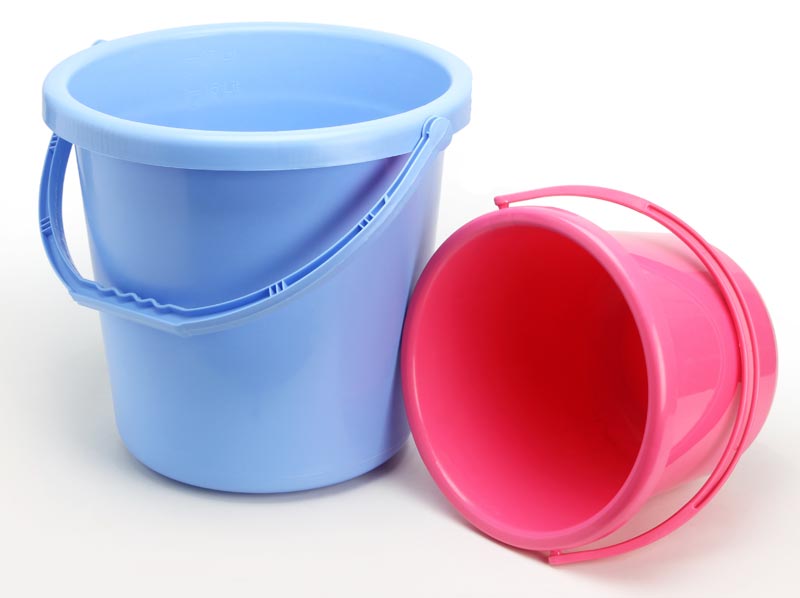 1. Buckets and containers
1. Buckets and containers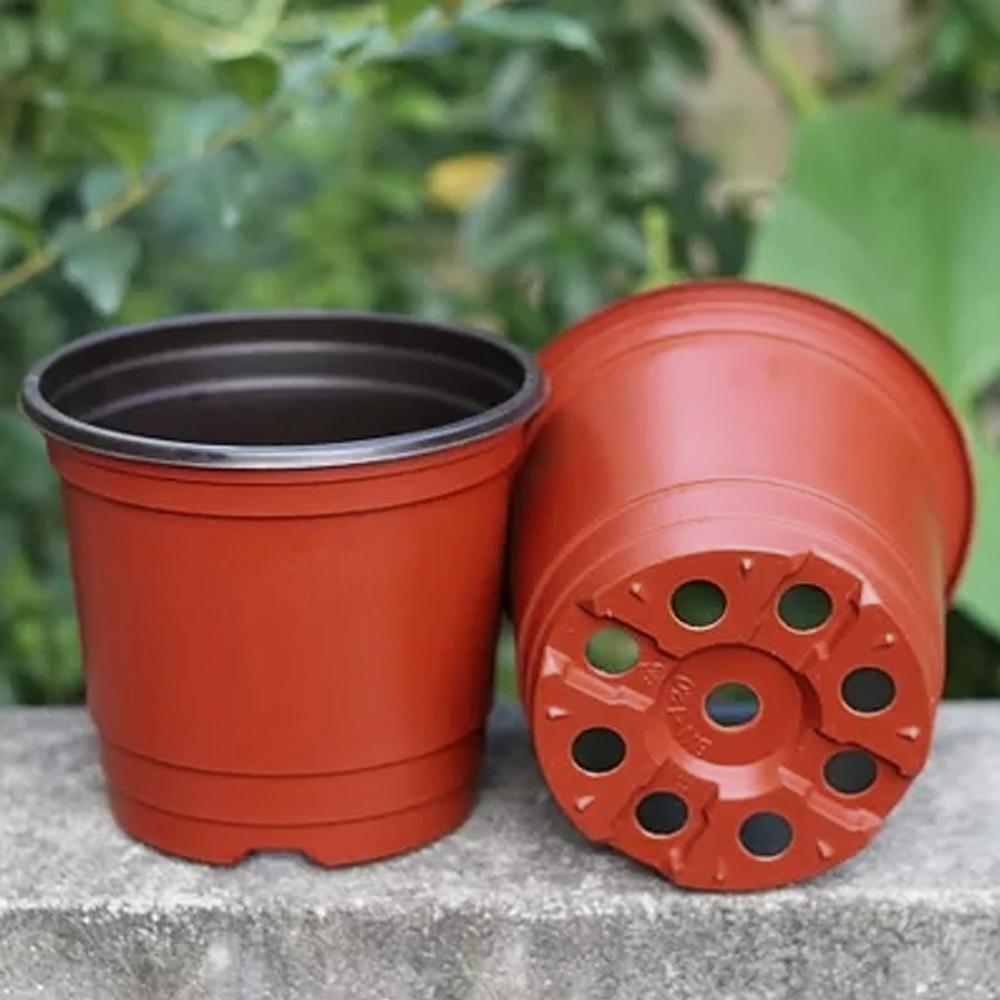
2. Plant pots
3. Water pipes
4. Electric wire channels
5. Scissors/blade and other implements with plastic handle
6. Random household items
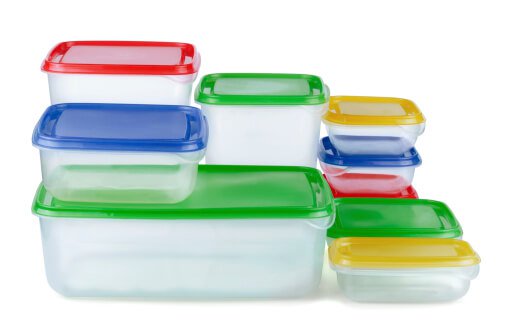 7. Food packaging
7. Food packaging
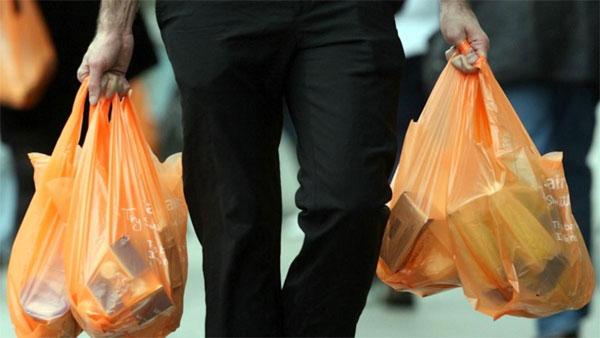
8. Carry bags
9. E-commerce delivery packaging
I concluded that for certain objects like scissors, moving away from a plastic product was not immediately feasible. These are objects of daily use and it was impractical for me to build a pair of scissors out of some other material. 🙂 I would have to live with few things till I could figure out alternatives, but I would try to eliminate whatever plastic I could from my life. I had to make a start.
The first steps I took was to avoid buying any new products made of plastic. I also decided to consciously avoid online orders as much as possible – particularly, food delivery and e-commerce. Both these contain large amounts of packaging material which are made of varying grades of plastic. Instead it is better to take a stroll nearby somewhere to grab a meal – keep fit and save the planet too! E-commerce often leads to consumption habits which are redundant but the ease of purchasing leads users to indulge in wasteful consumerism. I could do without a number of items from Amazon or Flipkart.
Search for Alternatives
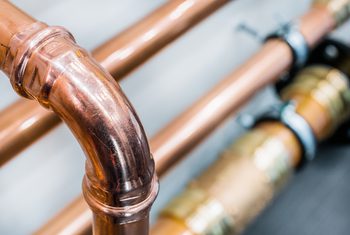 While designing my new home, I took a conscious decision to ensure metal pipes were used instead of PVC water pipes.Electrical channeling used was made of wood than PVC. The argument made in favour of PVC is usually about cost and that any other alternative also results in consumption of energy and resources. While these are true, such arguments often miss the long-term contamination caused by PVC. Little extra cost should not be too high a price to bear for the good of the planet either. For items like plant pots, carry bags, buckets I figured out alternatives existed
While designing my new home, I took a conscious decision to ensure metal pipes were used instead of PVC water pipes.Electrical channeling used was made of wood than PVC. The argument made in favour of PVC is usually about cost and that any other alternative also results in consumption of energy and resources. While these are true, such arguments often miss the long-term contamination caused by PVC. Little extra cost should not be too high a price to bear for the good of the planet either. For items like plant pots, carry bags, buckets I figured out alternatives existed 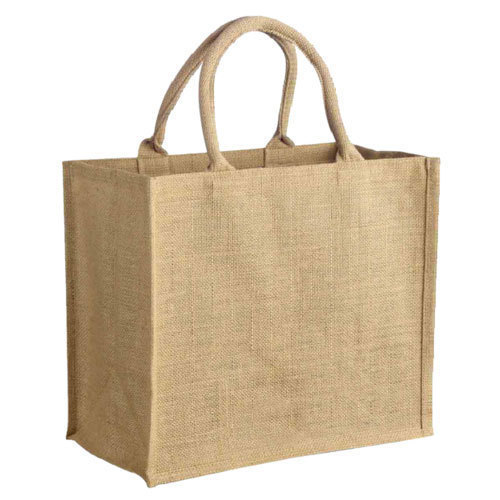 like Jute/Coir plant pots/grow-bags, Jute/cloth bags and metal buckets/containers.
like Jute/Coir plant pots/grow-bags, Jute/cloth bags and metal buckets/containers. 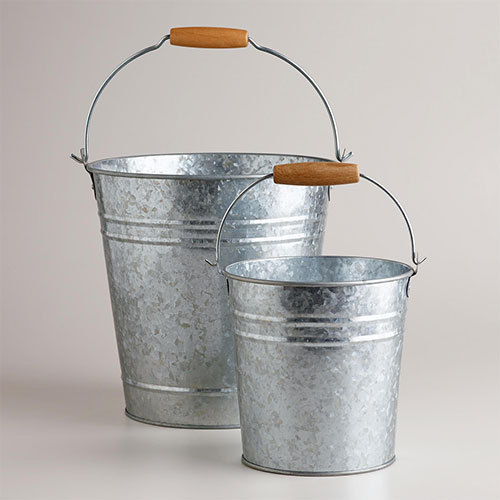 The answers often lay in discovering the material used by human societies prior to the flood of plastic entering our lives. Most often, the alternative material used was organic/fibre material or metal. These were the raw material used by mankind for thousands of years, while plastic became big only less than a century ago.
The answers often lay in discovering the material used by human societies prior to the flood of plastic entering our lives. Most often, the alternative material used was organic/fibre material or metal. These were the raw material used by mankind for thousands of years, while plastic became big only less than a century ago.
The way forward
I still struggle to eliminate plastic from my life merely because many items which are basic to current consumption patterns still contain plastic as their raw material or as packaging material. Even if one is comfortable eliminating some of these items at an individual level, it is harder to make family sufficiently conscious for them to give up such items. In certain cases, one then decides to go PolyPropylene or HDPE (High Density Poly Ethylene) products which are ‘safer’ plastics than PVC as far as health hazards are concerned at their end of life. However, the effort continues in the direction of searching for simple innovations which can result in reduction of use of plastic. I continue to explore options through interaction on Facebook groups like ‘Zero Waste Lifestyle – India’ or visiting offline stores or looking at the range of products online (even if I desist from buying).
Another dimension is to try and ensure maximum collection of plastic waste for upcycling/treatment since the menace seems impossible to eliminate completely unless there is stringent action from government. This is a huge challenge in the rural setting (where my new home is located), but am trying to network with NGOs and interested people towards this goal.
About the Author:
 Ashish has 19 years of software development experience behind him and a keen interest in issues related to environment and sustainable development. His other interests include history, science and permaculture.
Ashish has 19 years of software development experience behind him and a keen interest in issues related to environment and sustainable development. His other interests include history, science and permaculture.


reduce the use of plastic and recycle it say no to plastic and use your brain
Go green and bring your own mug
The less you live with the more your embrace
Makes a plastic free world . Do good things to ur genaration
Always think about environment and try to minimize the plastic burdon.
Avoid plastic and save nature
Avoid plastic and save your next generation
Please say no to plastic
Recycling plastics
Do good things for our world and plastic free environment
My dream avoide plastic
Make a plastic free green world
Reduce the use of harmfull things like plastic
Make over world green
Make a plastic free green world
Make world with green
Make our world good and do good for it
Make a plastic free green world
Recycle the plastic
Aviod the plastic
Makes aplastic free world. DO good things tour genaration
Make a plastic free world
Reduse the use of plastic and recycle it and save our nature
Reduse the use of plastic and recycle it and save our earth.
Make a law against the use of low coality plastic all over the world and we can reduce on this way. And we can our coming generation can rescue from a large critics
Please don’t use plastic bag
Please don’t use plastic it’s all
Plastic is a very bad thing for us and animals
reduce the use of plastic and recycle it say no to plastic and use your brain
The less you live with the more your embrace
Go green and bring your own mug
“reduce the use of plastic and recycle it say no to plastic and use your brain”
Make a free plastic world
reduce the use of plastic and recycle it say no to plastic
Thank you
Let’s we all develope a habit to “say no” to ourselves and the young generation.
Let’s not be lazy about this alarming topic.
Say no to “plastic bags”
People can reduce the usage of plastics…it is very important for a clear atmosphere.. Recycle the plastic and Go Green